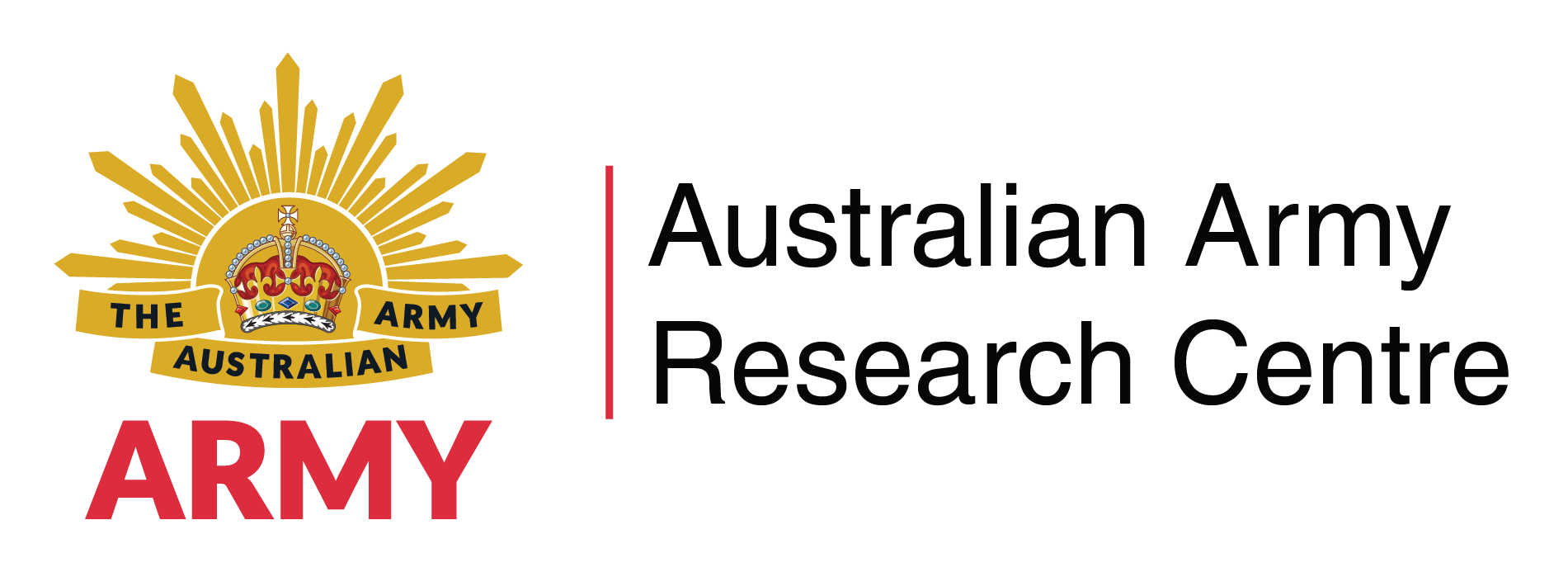Search
Using the filters to the left, click your selection, it will become bold and filter the results, click it again to remove that filter.
‘The era of the strategic corporal is here. The soldier of today must possess professional mastery of warfare, but match this with political and media sensitivity’. - Lieutenant General Peter Leahy, Chief of Army, 18 October 2002 In most modern Western armies, soldiers are expected to be not only technically proficient in warfighting, but also capable of supervising civil affairs, providing humanitarian aid and performing a range of activities relating to order and stability. As networked technologies …
* This article is based on an edited transcript of a presentation delivered by the author to the Australian Chief of Army’s Exercise in Canberra in October 2004. The next six years are likely to be extremely difficult for the US Army both operationally and on the organisational front. This article will concentrate on the organisational changes that the Army is attempting to make in order to meet its many operational commitments. It is important to understand the challenges of the environment that the US …
Over the past decade, the combined impact of change in the strategic environment and the development of network-enabling technologies have propelled proponents of network-centric warfare (NCW) into the mainstream of military thought. Although defining NCW remains problematic, advocates such as John Gartska, the Assistant Director for Concepts and Operations in the US Defense Department’s Office of Force Transformation, have argued that the term describes how a networked force fights. Gartska defines NCW …
Everything that can be invented has been invented. - Charles H. Duell, Office of Patents, 1899 The Australian Defence Force’s (ADF) interest in networked operations is hardly recent, although it may seem so at times. Since the 1991 Gulf War, Australian military professionals have understood that better networked forces would be one of the key aspects of the future battlespace. Since that time, in various guises, we have been developing a range of networking capabilities in all three Australian services but …
This article discusses US Marine Corps combined-arms tactics in Operation Iraqi Freedom in March and April 2003 by examining the way in which live force-experimentation was converted into actual combat effectiveness. Live force-experimentation conducted by Project Metropolis at the Marine Corps Warfighting Laboratory proved to be a useful indication of real combat conditions. As a result, an analysis of Marine experimentation and its relationship with operational experience holds valuable lessons for the …
This article seeks to review the relationship between suppression and manoeuvre in infantry platoon tactics. It is argued that current Australian Army doctrine has not paid sufficient attention to the advent of precision munitions, the development of all-arms combat teams, and the introduction of information technologies such as intra-section communications. Nor has Australian military doctrine fully appreciated how these new developments have ‘force multiplied’ the combat power of an infantry platoon. In …
This article presents the case for the development of a multi-mission ship (MMS) in the Australian Defence Force (ADF). The author argues that, by combining the investment of Sea 4000 (the Air Warfare Destroyer (AWD) Project costing between $4 and 6 billion) and Sea 1654 (the Maritime Operational Support Capability project costed at between $600 and 800 million) and blending these with an appropriate design, a viable MMS could be produced. A multimission vessel has many attractions for the ADF. First, such …
For Australia, the Regional Assistance Mission to the Solomon Islands (RAMSI) was the first effects-based or ‘whole of government’ response to restoring law and order in a failed state in the South Pacific. RAMSI collected and destroyed some 2627 weapons and 6561 munitions while the mission’s military support component enabled the police to undertake thirteen successful arrest operations. The rebuilding of the Royal Solomon Islands Police force has commenced, and there has been a reduction of the military …
* The author wishes to dedicate the article to the memory of Captain Richard Gannon II, Lima Company, 3rd Battalion, 7th Marine Regiment, United States Marine Corps. More than democratic institutions, a civil society or economic reconstruction, Coalition leaders consider that the ability of the interim Iraqi Government to enforce its own security is essential to the resuscitation of the Iraqi state, and—at least at this point—a precondition to Coalition troop withdrawals from Iraq. 1 Recruiting, training, …
The land force’s development towards the Australian Defence Force (ADF) Seamless Force of 2020 embraces the Hardening and Networking the Army (HNA) initiative. The HNA scheme is designed to deliver land power through the use of combined arms teams of infantry, armour, artillery and engineers to a battlespace defined by networks and interdependence. Yet, as the ADF moves towards the Seamless Force, there are several HNA capabilities that will increasingly enable the Army to begin thinking about its role as …
